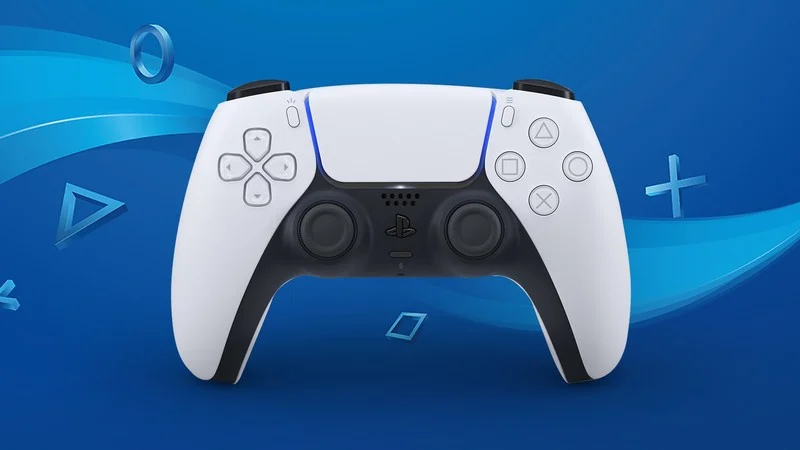The PS5 DualSense: Progress for the Sake of Progress

In 1994, Sony released the PlayStation, a console that forever changed the gaming industry through its innovative use of 3D graphics and environments. However, players were worked to navigate these environments with a D-Pad, which only allowed for movement in eight directions. In 1996, Nintendo released the N64, which came with a controller that included an analog stick. This would allow players to explore the new 3D environments to their full potential. Two years later in 1998, the PlayStation fired back with the very first DualShock, which came with two analog sticks that would finally allow 360-degree movement in 3D environments. Since then, every new PlayStation system has come bundled with a new revision of the DualShock, with minor adjustments to subtly improve the experience (wireless compatibility, redesigned triggers, etc.). However, Sony is looking to change this with the introduction of the PS5 and its new controller, called the DualSense.
The DualSense boldly defies its roots from the most basic design elements. Ever since the PS2, the DualShocks bundled in with the consoles have been black. The new controller goes in the opposite direction, sporting a blinding white as the main color. It also directly mimics the Xbox One’s controller with the straight edges on the grips, leaving behind the classic and rounded design of the prior DualShocks.
While these changes are certainly very noticeable, they are only surface level. The real changes lie in the new features of this controller. One of the most major new features is the haptic feedback in place of the rumble. Essentially this is the same thing as what an iPhone does when you press down on the home button. Even though it’s technically not a button, it feels like one when you press on it. Another major feature is the inclusion of adaptive triggers, which will adjust the tension depending on what action is happening in-game.
These improvements are, without a doubt, amazing technological feats, and if utilized correctly could be incredibly cool. However, they need to be utilized correctly, and I honestly think that developers won’t care enough to take advantage of these. And even if they did, would it really be enough to justify the inevitable jump in price? Unfortunately, I don’t think it will be. This reminds me of when the DualShock 4 added a touchpad, by far the most major revision to any DualShock. Some developers took full advantage of it with games like Tearaway: Unfolded, and most players probably used it on the console’s keyboard to type faster, but aside from that, the thing was practically ignored. This also seems similar to the Switch’s HD Rumble. Aside from being showcased in one minigame in 1-2-Switch! and a small easter egg in Kirby: Star Allies, I can’t think of a single time that I experienced HD Rumble in a game.
There’s always the chance that I could be wrong about this, and in five years I’ll look back at this article and laugh at myself for not seeing the potential of this new controller. I certainly never imagined that I would ever prefer gyro aim to the normal thumbstick aim that I had been used to for so long. But after just a few tries, I was hooked on it. Unfortunately, as of right now, I can’t foresee many people caring about the new features of the DualSense at all. When the DualShock first released, it was an upgrade that felt necessary to keep up with a rapidly changing technological landscape. Now, it seems like I’ll be able to use a DualShock 4 for new games and not miss out on anything.










